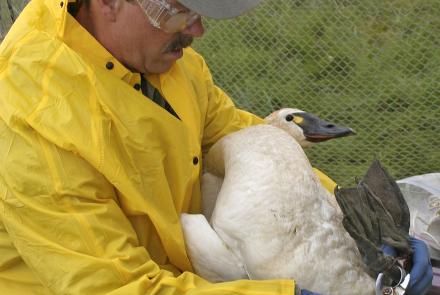Earthquake Lights
When scientists are skeptical about the existence of reported phenomena, they often try to cover up under a layer of humor. Such an attempt by one seismologist led him to remark that "the chapter on earthquake lights is the darkest in seismology."
No longer does this subject lurk in the shadows of scientific skepticism. Among the more illuminating observations that have brought this topic out into the scientific light of day are those acquired by a Japanese dentist. He managed to photograph earthquake lights occurring during a ten-year earthquake swarm starting in 1965.
While seismologists are not yet certain of the cause of earthquake lights, they now are highly interested. Not only is it certain that earthquakes can cause lights in the sky; it seems possible that the lights sometimes occur before earthquakes and so serve as warning precursors.
One of the more logical explanations of the cause of earthquake lights is the piezoelectric effect. Certain materials, including quartz, respond to changes in pressure by changes in electrical voltage across their surfaces. The idea is that, as quartz-bearing rocks are stressed, they might produce such high voltages that lightning-like discharges could occur in the air above.
Earthquake lights have been described as looking like auroral streamers diverging from a point on the horizon. Beams like those from a searchlight have been reported. Other reports describe sheets or circular glowing regions, either touching the ground or in detached clouds above ground.
The lights seem to show up best during the time of the main shock of an earthquake and also before and after. From a practical viewpoint, the lights before an earthquake seem most interesting since they shed light on the occurrence of the next large earthquake.
So far, no earthquake lights have been reported in Alaska.




